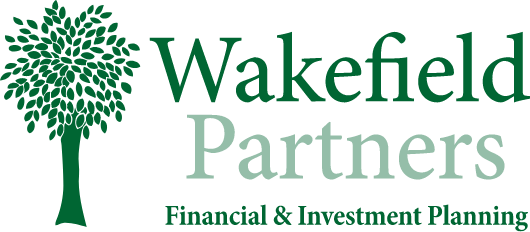Superannuation is currently topical and it can be daunting, but it doesn’t need to be. There are a few simple things you can check yourself to make sure you are on track!
As I tried to shove the fifth wrong puzzle piece into my jigsaw that was no doubt created by a cruel and unusual game producer, I thought to myself that there must be a more productive way to waste some time whilst in isolation. Ignoring the urge to throw the entire box full of unfound puzzles pieces at the wall, I got up and decided to take a look at my superannuation account and prepare myself and it for my re-emergence into society.
So what should I be looking at?
Super is currently topical, so it may be that you are hunting around for a latest statement after reading my recent articles about my housemate or early access due to COVID-19. While it’s out, let’s look at a few other things.
Firstly, have you registered for an online account with your super fund? This can be a great way to keep an eye on what’s going on with your superannuation without having to wait for your annual statement.
Asset Allocation
We, as financial advisers talk a lot about diversity, risk profiles and asset allocations. This is an imperative part to your financial planning. The asset allocation of a 90 year old woman in Aged Care should be very different to that of a 20 year old student starting their first job. This is due to their available time to accumulate wealth within their respective funds. The elderly woman will be focussing on preserving her capital, having much of her portfolio invested into defensive assets such as cash and fixed interest. Whilst the young worker would focus on building wealth over the long term and therefore invest more of his fund into growth assets such as shares and property investments. It would be a good start to check that you are comfortable with the level of risk your fund is currently taking in relation to your personal circumstances.
Fees
Let’s get to the good stuff! We all want to save money. Finding your fund’s Product Disclosure Statement online will be an excellent starting point to figuring out the fees charged on your super account. We are looking for the Administration Fees, Contribution Fees, Investment Fees and Adviser Fees. How your fund is invested will impact the fees to be paid annually. If your fund is invested into one product (usually a managed fund) they can have fees of between 1-2% pa. While 2% of $10,000 is $200 and may seem reasonable, the same percentage on $100,000 has an investment fee of $2,000. If your fees add up to more than what is being invested into your fund every year, you have a problem. It may be time to investigate other fund options or seek the services of a financial adviser.
Insurance
Are you covered for Death or Permanent illness or injury? What about if you are unable to work for an extended amount of time, is your income insured? Having the right amount of insurance for your circumstances is crucial. Have you enough to cover the loan on your home, investment property, school fees etc that arise if you were to pass away suddenly? Having too much insurance can also lead to higher fees that are not needed. If you are unsure on the appropriate amount of insurance cover for you and your family, it’s probably time to seek advice.
Multiple Funds
Having numerous super funds is a real killer of super savings! The easiest way to check if you have multiple funds and to consolidate those that aren’t needed any longer, is to login to your MyGov online account (the same as for your tax and Centrelink services) and investigate if there is more than one listed. Figure out which one you use currently or has lower fees and register to consolidate into one fund. An instant saving on annual administration fees and a better ability to keep track of your superannuation in one place will be your reward. You may even find a fund you forgot you had!
Contributions
Perhaps you are currently making additional contributions to your fund, or would like to when things return to normal with work and life. This is a great way to save tax and can be done directly with your payroll officer. ‘’Hey Shazza, can you put an extra $20 per week into my superannuation?’’ or you can directly contribute to your fund yourself and claim potential taxation benefits at End of Financial Year. Either way, $20 a week into your superannuation gives an additional $1,000 per year to be invested. Be wary though, a real killer to additional contributions is contribution fees!
Checking your fund annually is a good idea to stay on top of situational changes within your life and ensures that it won’t stray too far from your needs.
Could you or someone you know use a hand with investigating the above superannuation points? Contact Wakefield Partners today for an obligation free chat regarding your circumstances. We are here to help!




